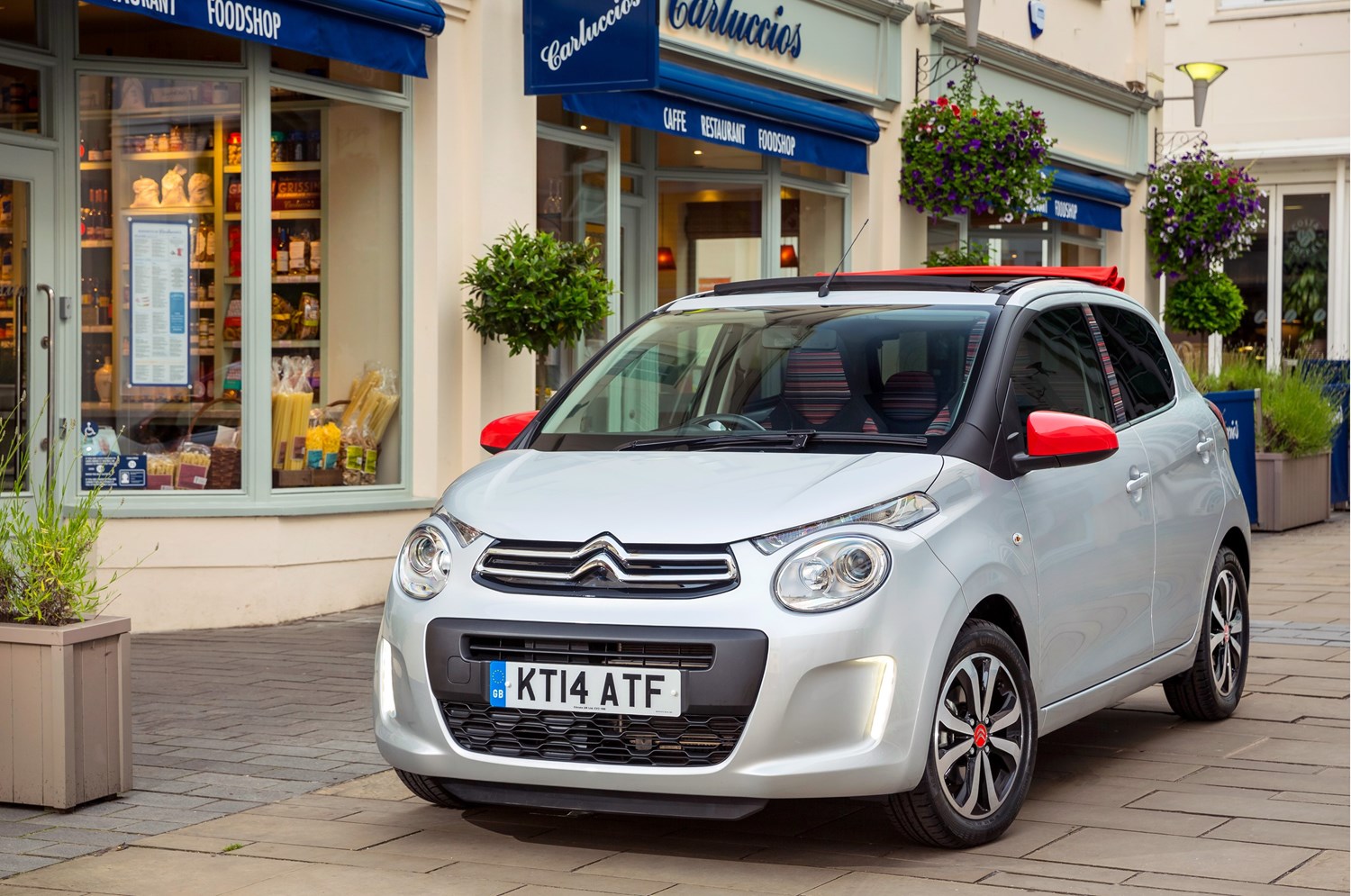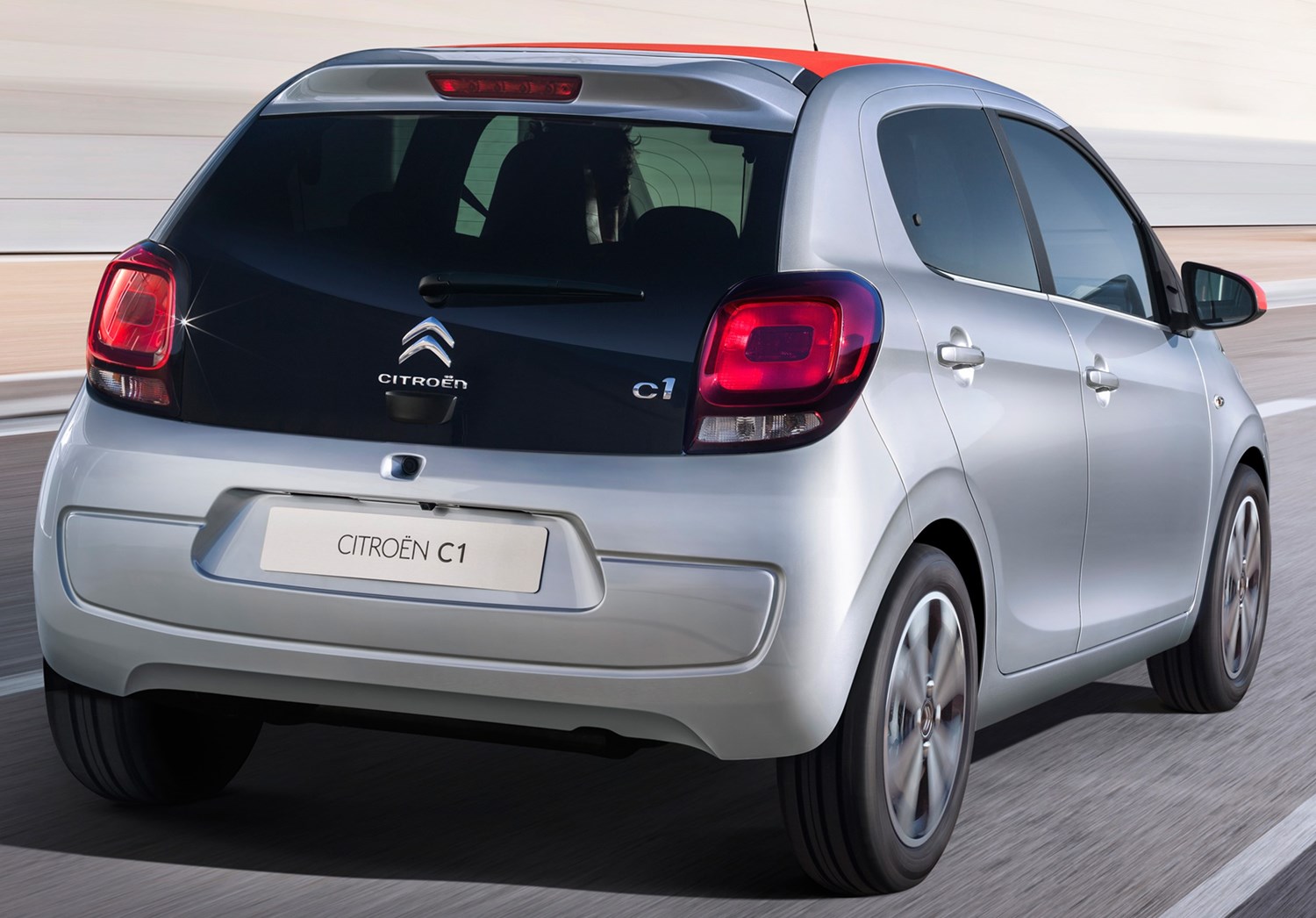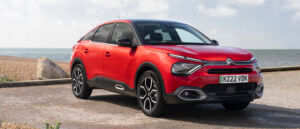Latest model
Citroen revealed the second generation C1 at the 2014 Geneva Motor Show, with the model gaining a more modern design, class-leading efficiency and new technology, including a seven-inch touchscreen, impressive for a car of this type at the time.
Another cool addition was the fact you could have it with an electric canvas roof to give it a convertible feel, but still at an affordable price. If you fancy one of these versions, they’re known as the Airscape.
Though Citroen has introduced various new trims and special edition grades since its launch – including the Furio and Urban Ride, there hasn’t really hasn’t been any major updates to it. While Toyota has committed to a replacement for its Aygo, it looks like Citroen will discontinue the C1 in its current form.
Value for money
Low pricing has always been key to the appeal of the Citroen C1, and though it’s unsurprisingly now more expensive than it has been in the past – prices start at £12,945 – it’s still an affordable choice, while even the top-spec Airscape Shine doesn’t exceed £14,500. You do get a decent amount for your money too, including a seven-inch touchscreen with smartphone mirroring, air conditioning and a leather steering wheel. It’s priced similarly to rivals like the Volkswagen Up! and Hyundai i10, too, though the Kia Picanto is a more affordable option.
When it comes to used C1s, if you primarily want a cheap runabout, used examples start as little as £1,000 for usable examples that would make a great first car. Second-generation 2014 models are also available from around £3,000, though they will be high-mileage cars. You’ll have to spend around £4,000 for an example with around 50,000 miles on the clock. There are very welcome savings to be had on nearly-new models, too, with six-month-old examples available from £9,500, which seem like fantastic buys.
Looks and image
Citroen is a brand that prides itself on its models’ fun styling, and the C1 is no exception. With its big round headlights and eye-catching LEDs, this is a city car that certainly is able to stand out on a crowded city street. There’s also a broad range of personalisation available – whether you’re choosing a brand-new C1 or browsing those on the market – while another cool addition is the ‘Airscape’ model, which brings an electric fabric top to give this city car even greater appeal.
Sadly, the interior of the C1 can’t match the charm, as there’s no escaping the fact that this Citroen is really starting to show its age. While all newer versions come with a seven-inch touchscreen as standard, it’s not the best of systems, and not as slick as those you find on the Hyundai i10 or Kia Picanto. While it gets a brightly-coloured dashboard and funky seating upholstery to improve things, the quality is still poor, even by city car standards.
The C1 also lags behind others in its class behind the wheel. The ride isn’t especially comfortable thanks to an overly sensitive suspension setup, while its three-cylinder engine – which is similar to that of the first-generation C1 – lacks performance and really needs working hard to get the car up to speed. On the plus side, the steering is nice and light around town, while dinky dimensions and good visibility make parking a breeze.





